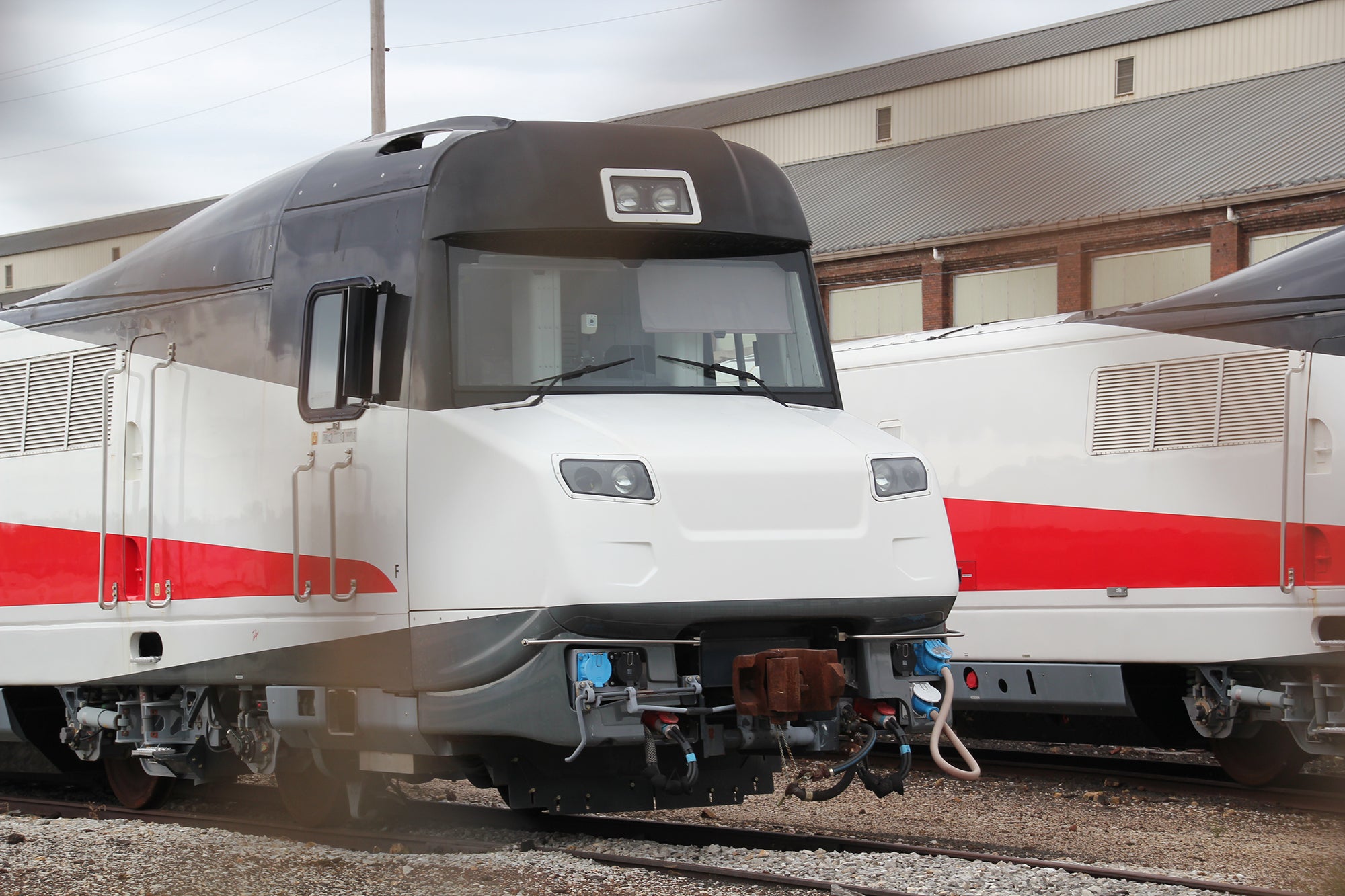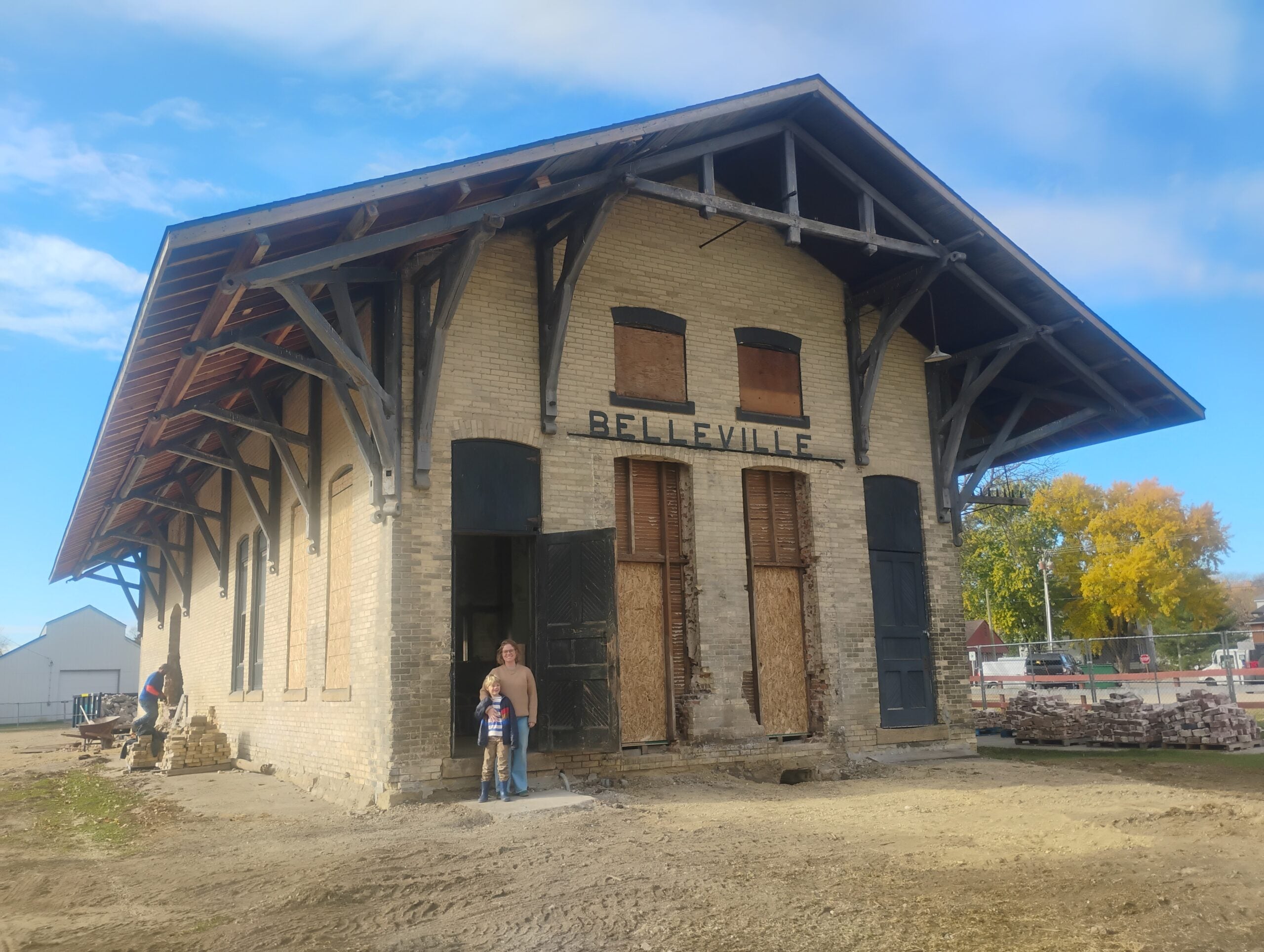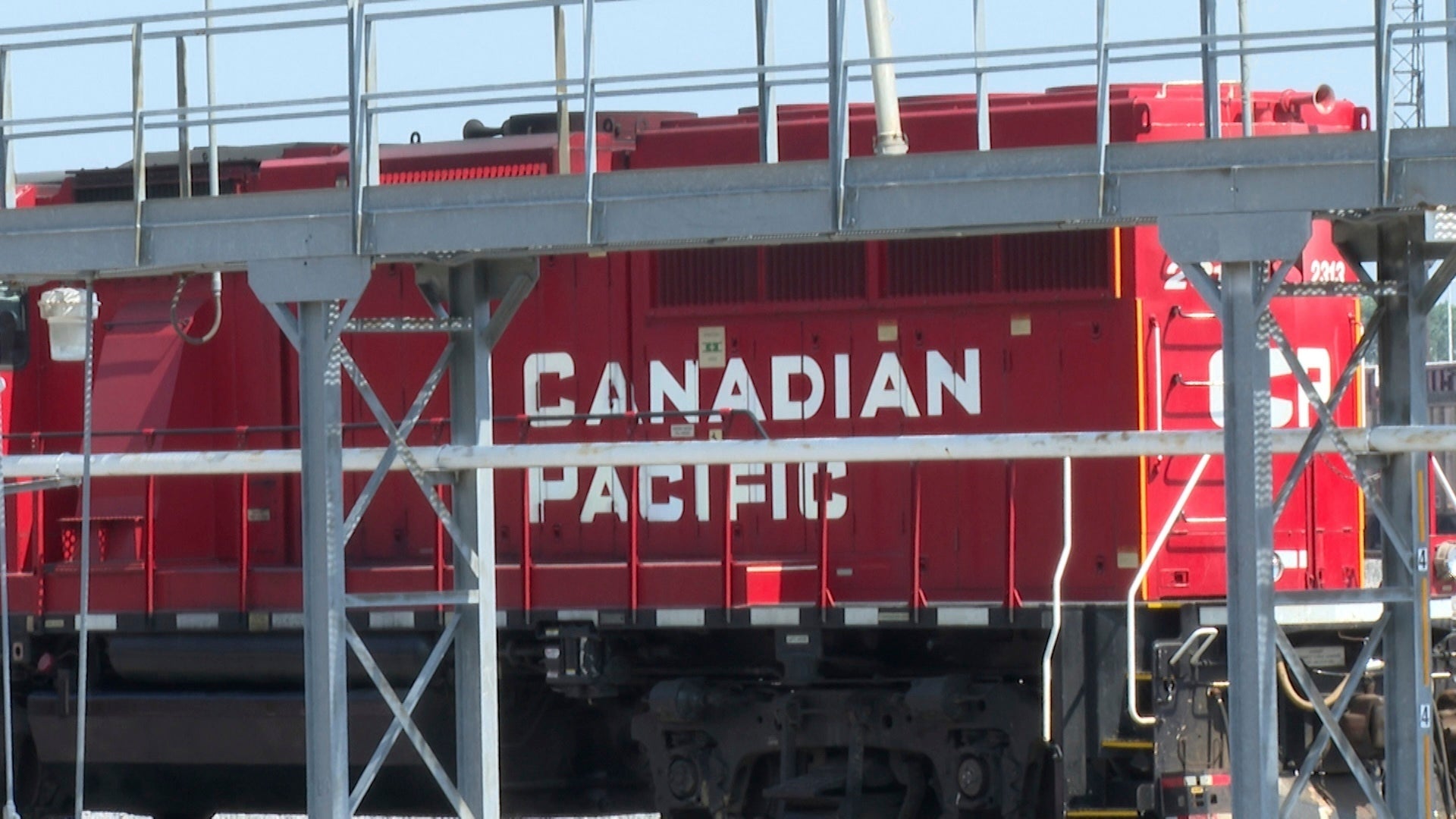The passenger trains the state of Wisconsin ordered more than a decade ago are coming home, if only for a little while.
An Amtrak spokesperson confirmed Monday the trains built by Spanish train manufacturer Talgo to run in Wisconsin are back at the company’s maintenance facility in Milwaukee.
Talgo originally built the trains to run on Amtrak’s Hiawatha line between Milwaukee and Chicago, but they were caught up in a legal battle that was born out of Wisconsin’s high-speed rail debate.
News with a little more humanity
WPR’s “Wisconsin Today” newsletter keeps you connected to the state you love without feeling overwhelmed. No paywall. No agenda. No corporate filter.
The state purchased the trains in 2009 under the leadership of former Democratic Gov. Jim Doyle. The state of Wisconsin defaulted on the Talgo contract in 2012 after Republican lawmakers decided not to pay for their maintenance.
The state settled a lawsuit with Talgo in 2015. Under the terms of the agreement, Wisconsin paid Talgo $50 million and Talgo got to keep the trains. According to an analysis by the Legislature’s nonpartisan budget office, the deal and subsequent settlement expenses cost the state about $59 million.
As reported by WPR’s “Derailed” podcast, Talgo had been storing the trains at Amtrak’s Beech Grove, Indiana, maintenance facility for the past five years while it searched for someone to buy or lease the trains.
The trains are being considered for use as interim equipment on Amtrak’s Cascades line through the Pacific Northwest, after a 2017 derailment on that line took several trains out of commission.
The Federal Railroad Administration granted Amtrak a waiver in November 2018 that would allow it to operate the trains, although Amtrak has yet to announce whether it will take that step.
Asked Monday about the movement of the Talgo trains, Amtrak spokesperson Marc Magliari released a statement that confirmed the trains are in Milwaukee but stopped short of confirming that they were headed to the Cascades line.
“The Talgo Series 8 rail equipment that had been stored at the Amtrak facility in Beech Grove, Ind., has been moved to the Talgo facility in Milwaukee,” said the statement from Amtrak. “These trainsets are among the interim equipment options being considered by Amtrak for use in the Pacific Northwest.”
While these trains won’t run in Wisconsin, Talgo still has a presence in downtown Milwaukee where it performs maintenance on train sets that run in California. The company announced earlier this year that it was expanding, growing its workforce from about 30 people to 90.
Nora Friend, Talgo’s vice president of public affairs and business development, released a statement from the company Monday that hinted at where the trains could be headed next.
“Talgo is working with Amtrak to place the Series 8 train sets in service in the Pacific Northwest,” the statement read. “They have been moved to Milwaukee for preparation of that service later next year.”
Part of the reason the trains might be put into service on Amtrak’s Cascades line through Oregon and Washington is that Talgo built two identical trains that are currently running on that line. Those trains were also built at the Milwaukee facility.
While the trains that were moved over the weekend were originally designed to run on the Hiawatha line, the Doyle administration hoped its deal with Talgo would make Milwaukee a Midwest rail manufacturing hub.
Doyle also hoped Talgo would build trains to run on a new high-speed passenger rail line connecting Milwaukee to Madison. That prospect seemed close to reality after Wisconsin was awarded $810 million to build the rail line as part of the 2009 federal stimulus bill.
But former Republican Gov. Scott Walker campaigned aggressively against high-speed rail, calling it an example of government waste that would only benefit Milwaukee and Madison at the expense of transportation projects elsewhere in Wisconsin. The project was canceled soon after Walker won election in 2010, and President Barack Obama’s administration distributed the money to other states.
This story is part of WPR’s “Derailed,” a limited-run podcast about Wisconsin’s high-speed rail line that never was. It’s a look at how the project came together, how it fell apart, and what it says about how Wisconsin has changed. To listen to “Derailed” go to your favorite podcast app or visit wpr.org/derailed.
Wisconsin Public Radio, © Copyright 2025, Board of Regents of the University of Wisconsin System and Wisconsin Educational Communications Board.





